Product Background
Wave Motion
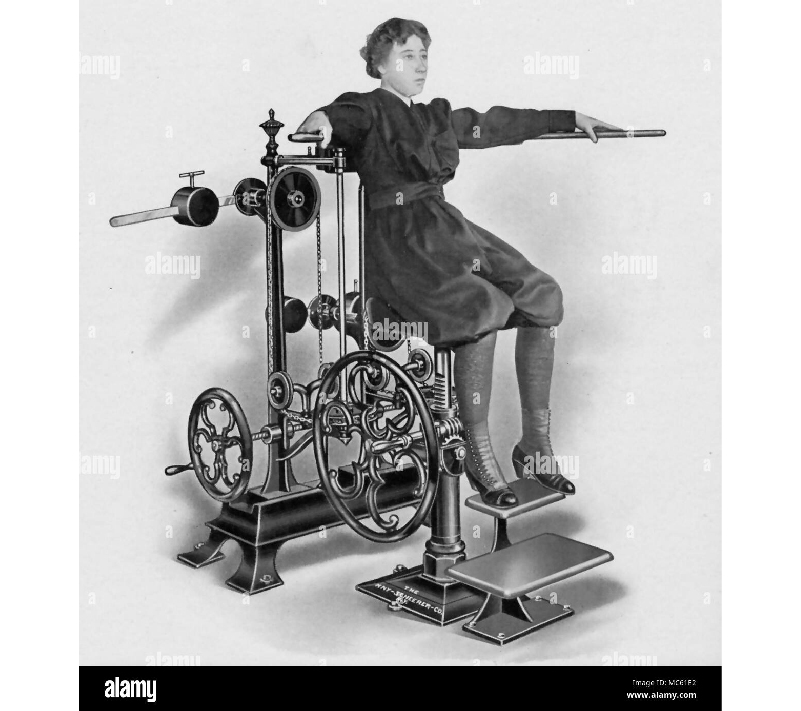
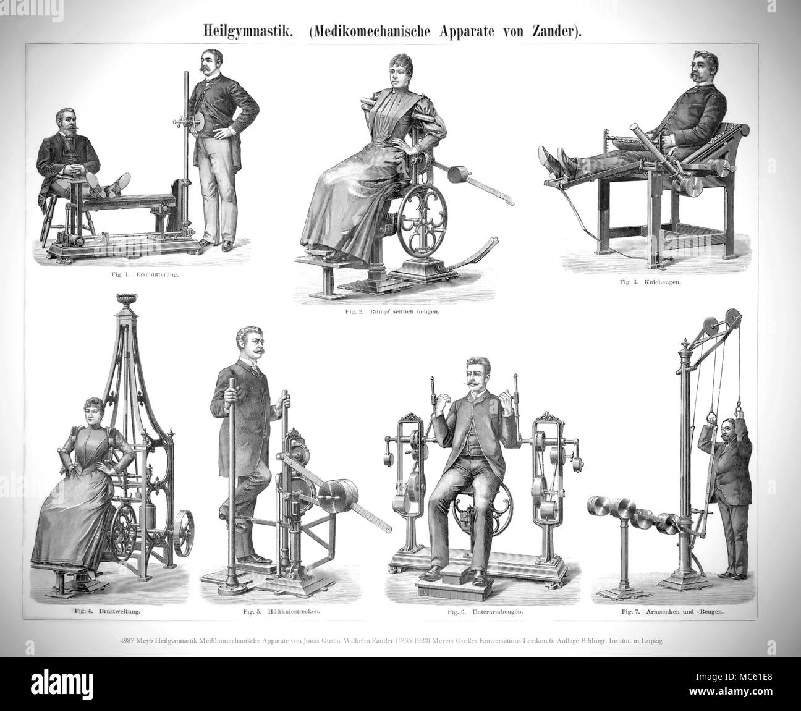
GUSTAV ZANDER (1835-1920), a Swedish physician who invented numerous exercise devices.
Mentioned in German magazines in the 1880s.
History of Whole-Body Vibration Exercise Machines
The Development Process from Motor Devices to Sonic Whole-Body Vibration Exercise Machines
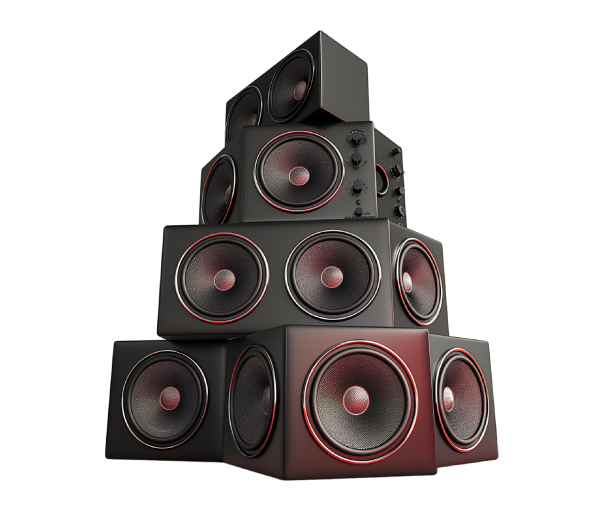
Development of vibration devices using sound wave properties.
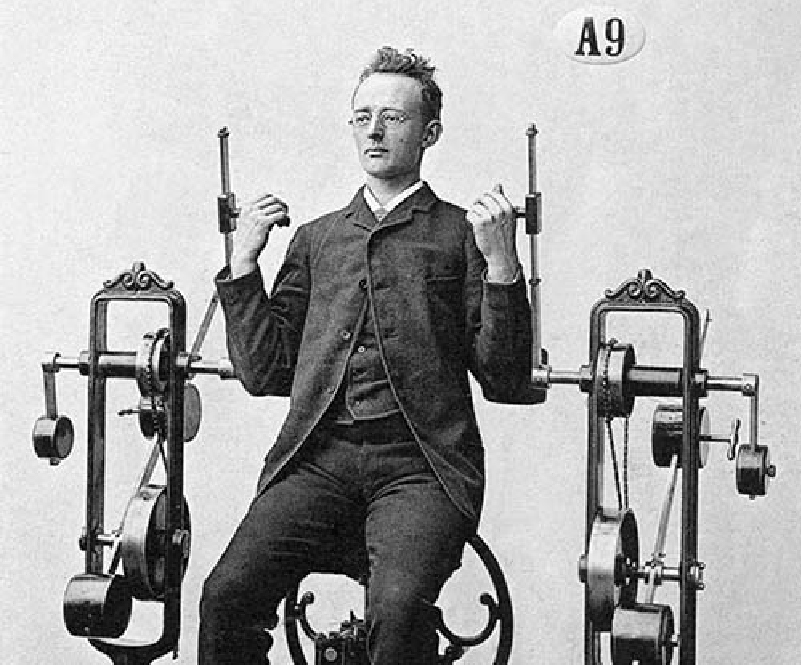
Gustav Zander
The concept of vibration therapy dates back to ancient Greece, where early physicians used a primitive vibration tool made of cloth-wrapped wooden handle, resembling a wooden bow. The bow rapidly moved back and forth over injured areas, generating vibrations that increased blood circulation and elevated human growth hormone (HGH) production in the affected areas, thereby accelerating the healing process.
This early form of vibration therapy also enhanced lymphatic drainage, effectively flushing out toxins and reducing inflammation. While Greek physicians may not have fully understood the mechanisms of this treatment, they recognized its effectiveness while treating battle injuries.
By helping soldiers recover and return to the battlefield faster, the Greek physicians made invaluable contributions in wartime medicine. These early medical pioneers laid the foundation for today’s whole-body vibration therapy.
Centuries later, Dr. Gustav Zander, a Russian physician and inventor, introduced a more structured approach to vibration therapy. In 1867, he developed a mechanized system using weights and pulleys for therapeutic use. In 1895, Dr. John Harvey Kellogg, known for his innovations in health care, designed a vibrating chair, claiming it could stimulate circulation and relieve constipation. He also experimented with light therapy chambers to enhance blood flow.
By the mid-20th century, space exploration brought new attention to vibration therapy. Russian scientists discovered that astronauts in zero gravity suffered from earlier bone loss and fractures than normal rates. To counteract these effects, they implemented vibration therapy – a practice NASA continues to use today to prevent bone density loss in astronauts.
As technology evolved, Italian physiologist Dr. Carmelo Bosco pioneered the development of the first modern vibration exercise machine. Bosco was a leading sports physiologist in Italy, a researcher at the Sports Biology Laboratory at Jyvaskyla University in Finland, and the director of the Biomechanics and Physiology Laboratory at the Kuortane Sports Institute. He published over 200 scientific papers, focusing on muscle mechanics, mechanical force measurements, and vibration as a training method.
In the early 1980s, Bosco developed a series of tests known as the “Bosco Tests,” which are now a standard in muscle performance assessments globally. Based on his research on muscle mechanics and pre-workout stretching, he developed the EgoJump System. This system introduced a non-invasive way to measure muscle power output and muscle activity, and was followed by the Ergo-Power and Muscle-Lab systems.
Later on, as a full professor at Semmelweis University in Budapest, Bosco collaborated with Atko Viru on hormone and exercise research. His final work led to the Neuromuscular Mechanical Stimulation (NEMES) system, which demonstrates how vibration technology could enhance muscle strength and overall health.
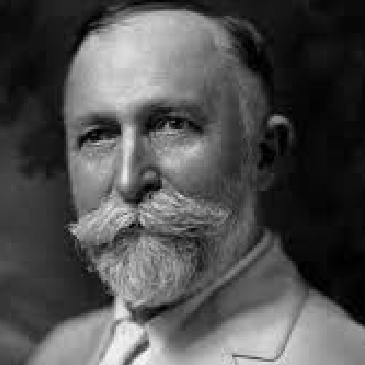
Dr John Harvey Kellogg
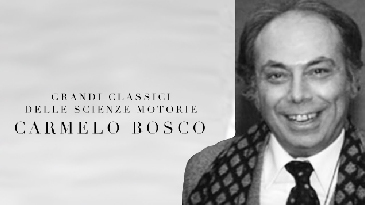
Dr. Carmelo Bosco
Many independent studies on whole-body vibration therapy have resulted in a wealth of medical data. These studies demonstrate that certain types of vibrations produce distinct, significant physiological effects.
Today, with the advancements in technology and biomechanics, manufacturers have refined motion styles, speeds, amplitudes, and damping systems to develop the safest and most effective whole-body vibration devices to date. Research conducted at leading universities and medical institutions confirms that these devices can be valuable tools for managing a variety of health conditions.
Whole-body vibration therapy has become an integral part of exercise and rehabilitation programs today, extending beyond medical applications into chiropractic clinics, fitness centers and weight loss programs, naturopathic and holistic health practices, professional and Olympic sports teams, corporate wellness programs and government facilities, and personal home use.
Types of Vibration Therapy & Available Devices?
Vibration therapy comes in two primary forms:
- Motor-Based Vibration Therapy
- Sound Wave-Based Vibration Therapy
The first, motor based types are common in gyms. These devices generate mechanical vibrations and are primarily used by young athletes and healthy individuals. However, due to their potential impact on bones, they may not be suitable for older adults or those with chronic conditions. The second type of devices use acoustic wave technology (similar to a speaker system) to deliver gentler, yet effective stimulation, making them safer for a wider range of users.
The type of vibration therapy can also be classified with the targeted muscles – whole-body vs. localized vibrations. In a whole-body vibration therapy, patients stand, sit, or lie on a vibrating platform, often maintaining a specific position (e.g., half-squat) to optimize muscle engagement. In a localized vibration therapy, the therapist may use a handheld vibrating device that is applied to targeted areas such as the calves or thighs for muscle stimulation and recovery.
When vibrations reach the human body, they stimulate muscle contractions and, in some cases, promote the production of osteoblasts—cells responsible for bone formation. The direction and intensity of vibrations are crucial in determining their effectiveness. Some devices generate only vertical vibrations, while others move up-and-down, back-and-forth, or side-to-side. Among these, up-and-down vibrations are considered the most effective in inducing rapid muscle contractions, thereby leading to rapid muscle activation and strength improvement.
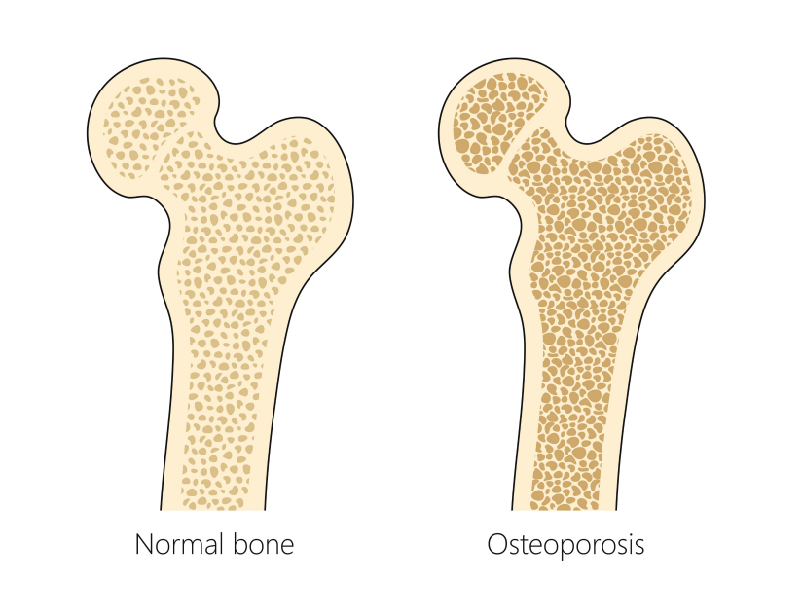
What Are the Health Benefits of Vibration Therapy?
Numerous research report that vibration therapy provides a range of potential health benefits, including:
– Improved bone density
– Increased muscle masss
– Enhanced blood circulation
– Reduced joint & back pain
– Stress reduction
– Boosted metabolism
While further research is necessary, early studies suggest that vibration therapy could be a promising complementary approach for treating certain conditions.
Bone Density and Muscle Strength
Research suggests that vibration therapy may play a key role in enhancing muscle strength and promoting bone health, particularly in older adults.
A paper published in Clinical Rehabilitation investigated the effects of vibration therapy on muscle strength and bone mass, and found that vibration therapy improved leg muscle strength in elderly individuals.
Further studies published in Current Osteoporosis Reports and Current Opinion in Endocrinology, Diabetes, and Obesity present even more promising results. These studies suggest that vibration therapy may stimulate bone formation and help improve bone strength, and that the intensity of the vibrations could play a significant role in achieving these effects.
Parkinson’s Disease
Research suggests that vibration therapy may offer short-term relief for individuals with Parkinson’s disease. A study published in NeuroRehabilitation found that vibration therapy may offer short-term benefits to patients with Parkinson’s disease, such as reduced muscle tremors and stiffness. However, further research is needed to determine the long-term effectiveness and sustainability of these benefits.
Risks of Vibration Therapy
While vibration therapy can offer various health benefits, improper use or excessive intensity may pose risks. In particular, motor-powered vibration devices have been associated with lumbar injuries and severe lower back pain.
It is essential to consult a healthcare professional before starting vibration therapy. A doctor may advise against its use, particularly for individuals who:
- Are taking blood thinners
- Have heart disease
- Are pregnant
For safe and effective use, vibration intensity and duration should be carefully adjusted based on individual health conditions.

Key Summary
Vibration therapy may provide relief for muscle weakness, muscle pain, and Parkinson’s disease. It can also benefit elderly individuals who struggle with regular exercises. However, further research is needed to determine its full potential, including its role in increasing bone density. It is important to consult a healthcare professional before beginning vibration therapy. A doctor can assess individual health conditions and determine the potential benefits and risks associated with this form of therapy.
These devices, known as vibration machines or vibration platforms, use whole-body vibrations to induce reflexive muscle contractions. These machines are commonly found in gyms and are also available for home use.
While using a vibration platform, people typically perform exercises like squats, push-ups, and crunches while the machine vibrates. These vibrations increase muscle engagement, making the muscles work harder and helping with fat reduction, muscle growth, and strength improvement.
Now, let’s explore the latest research on how vibration machines influence weight loss and muscle development.
Benefits of Whole-Body Vibration Machines
Several studies have found various health benefits of whole-body vibration machines, such as weight loss and muscle strengthening. However, many of the studies currently published have small sample sizes or only investigate the effects of vibration machines on people who are inactive or obese.
Weight Loss
A 2019 research review investigated the effects of whole-body vibration machines on body fat reduction. The researchers found that seven studies, involving a total of 280 participants, were suitable for analysis. The results showed that whole-body vibration led to a significant reduction in body fat.
Lowering Blood Pressure
A 2012 study investigated the effects of vibration training on arterial stiffness and blood pressure in 10 young women who were overweight or obese. The participants either performed vibration training three times a week for six weeks or were placed in a control group with no exercise. The exercise group performed a combination of squats and calf raises. After six weeks, the women who received vibration training showed a significant reduction in systolic blood pressure compared to the control group. Vibration training may be a good option for those who cannot perform traditional exercise.
Improved Strength
According to a 2012 study, women who performed vibration training observed an increase of 8.2 kilograms (18 pounds) in maximum leg flexion strength compared to the control group. In the same year, another study published in the Journal of Alternative and Complementary Medicine investigated the potential benefits of vibration training in non-obese women in their 20s.
These women completed the training twice a week for a total of 8 weeks, and among the 36 women who completed the study, significant improvements in lower body power were observed in their standing long jump scores.
Improved Body Composition
A study published in the *Journal of Alternative and Complementary Medicine* found that after 8 weeks of vibration training, women experienced significant reductions in skin wrinkles and overall body fat.
Additionally, a reliable 2016 study investigated the effects of vibration training on body composition in middle-aged obese women. The women were assigned to one of the following three groups:
1. A group that followed a diet only
2. A group that combined diet with vibration training
3. A group that combined diet with aerobic exercise
All three groups reduced body fat, but the groups that combined diet with vibration training or aerobic exercise lost more body fat than the diet-only group. The researchers concluded that vibration training combined with diet was as effective as diet and aerobic exercise over a 9-month period.


Motorized vibration
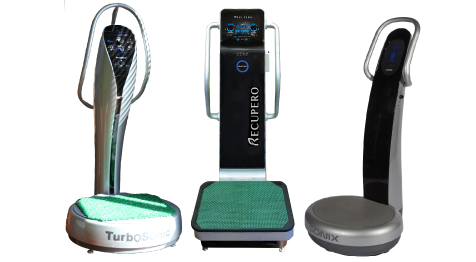
Vibration by sound waves

Vibration that combines PEMF and sound wave technology
How Vibration Machines Work for Weight Loss
When the vibration machine operates, muscles contract rapidly in a reflexive manner. Although this movement cannot be consciously controlled, it still consumes energy and burns calories. Measurements using electromyography have confirmed that vibration machines increase muscle activity. The total amount of energy used depends on the frequency and intensity of the vibrations.
Side Effects and Precautions of Vibration Machines for Weight Loss
Vibration machines are generally safe, but motor-powered devices may not be suitable for some people. Those at a higher risk of falling should opt for exercises while lying down or sitting rather than standing. Some studies have found that repeated exposure to motor-powered vibration machines may be associated with negative health effects, such as an increased risk of pain in the lower back, neck, hands, shoulders, and hips.
How to Lose Weight Using Vibration Exercise Machines
Depending on the model, vibration machines can be used while standing, lying down, or sitting. In most cases, people perform exercises on top of the vibrating machine to increase total calories burned. Both static and dynamic exercises can be performed on a vibration machine.
Static exercises involve holding the same position for a period of time, such as a plank. Dynamic exercises involve movements during the exercise, like push-ups.
Potential exercises that can be performed on a vibration machine include:
• Push-ups
• Sit-ups
• Squats
• Calf raises
• Lunges
• Planks
Effective Ways to Lose Weight
While the vibration exercise machine can be a valuable addition to a weight loss program, it should not replace regular exercise and a healthy diet. Regardless of the method used to lose weight, the goal is to consume fewer calories than you burn.
People who approach weight loss slowly and steadily tend to be more successful at maintaining their goal weight than those who try to lose weight quickly. Weight loss can be achieved through diet, exercise, or a combination of both. Combining exercise with a healthy diet is often more effective than focusing on just one.





